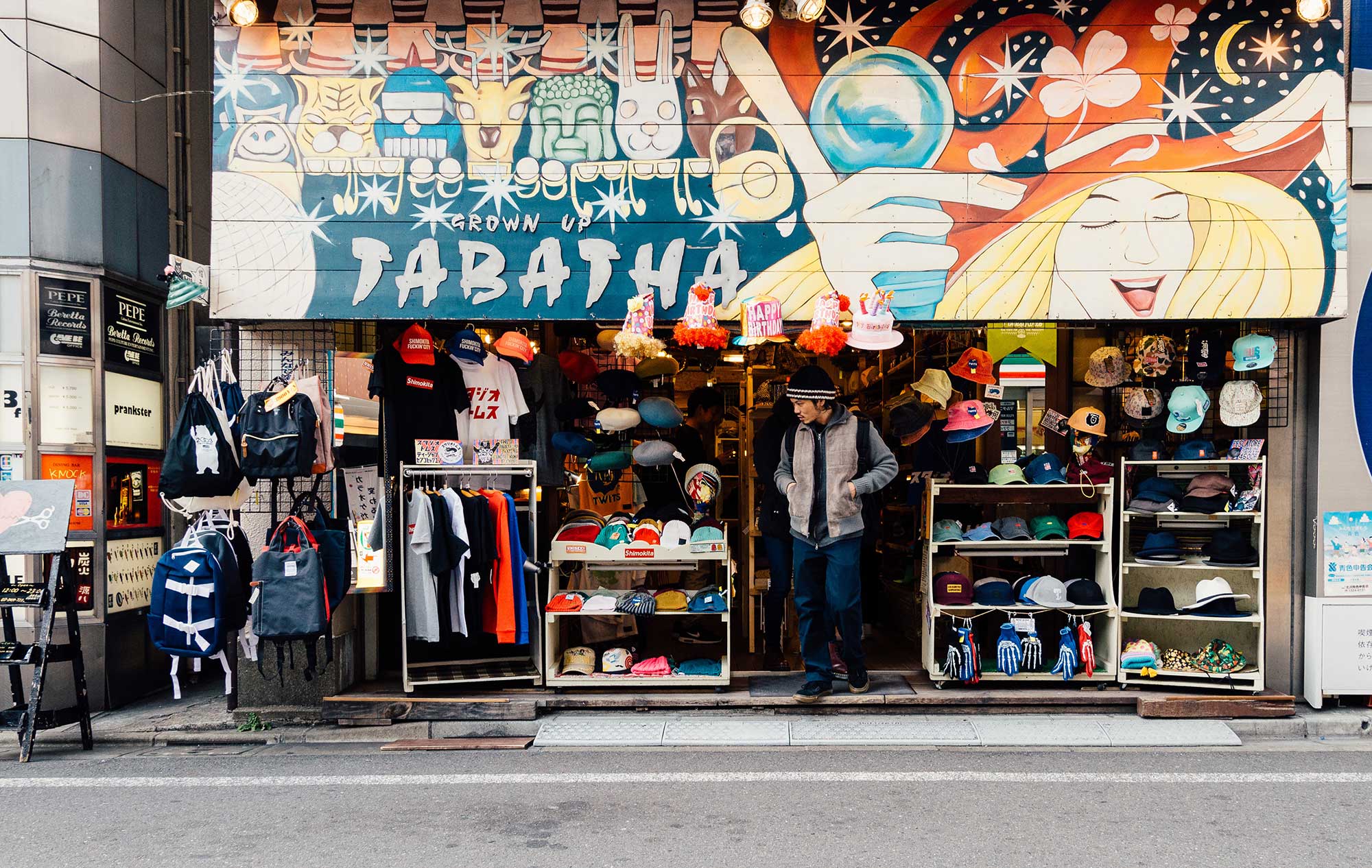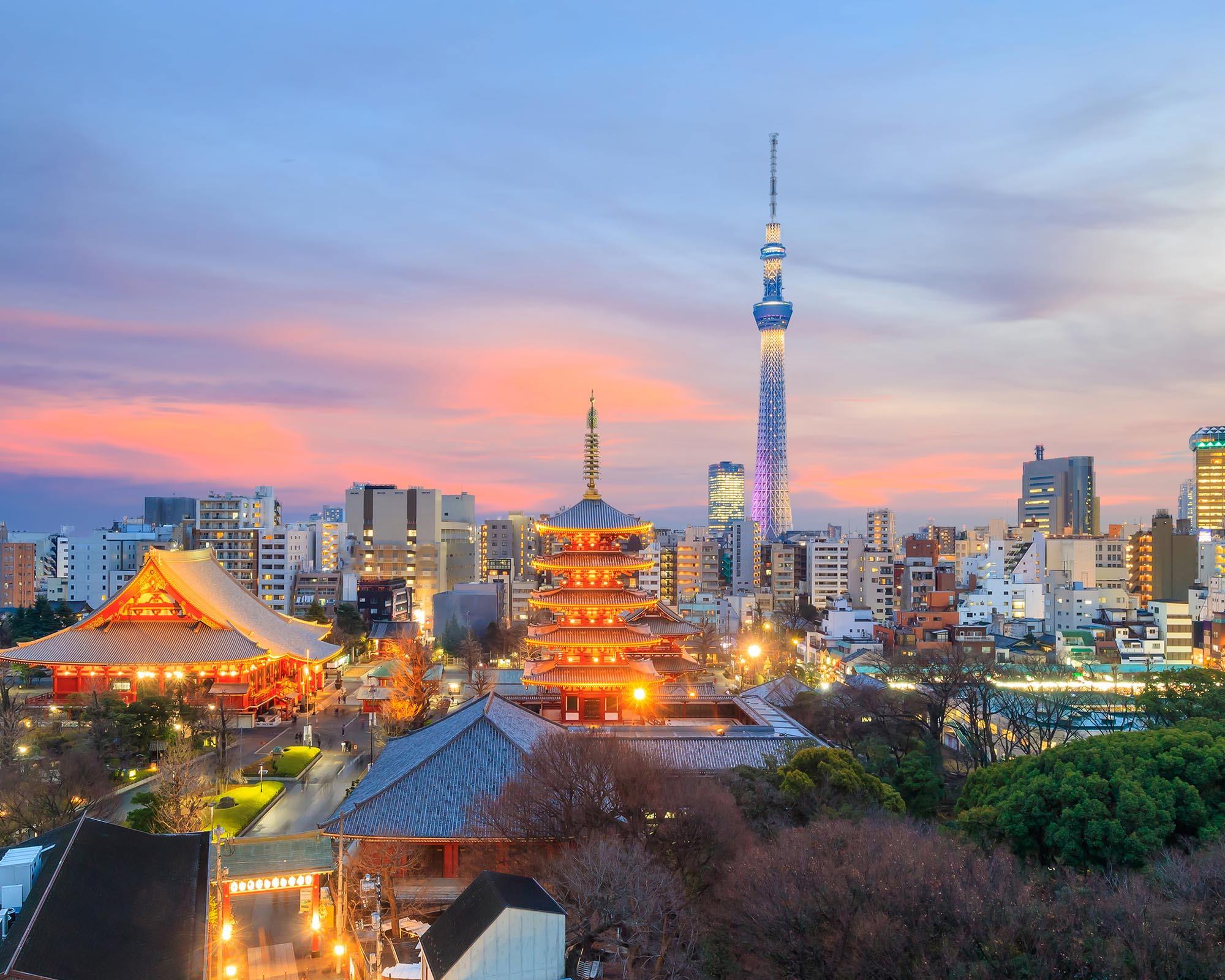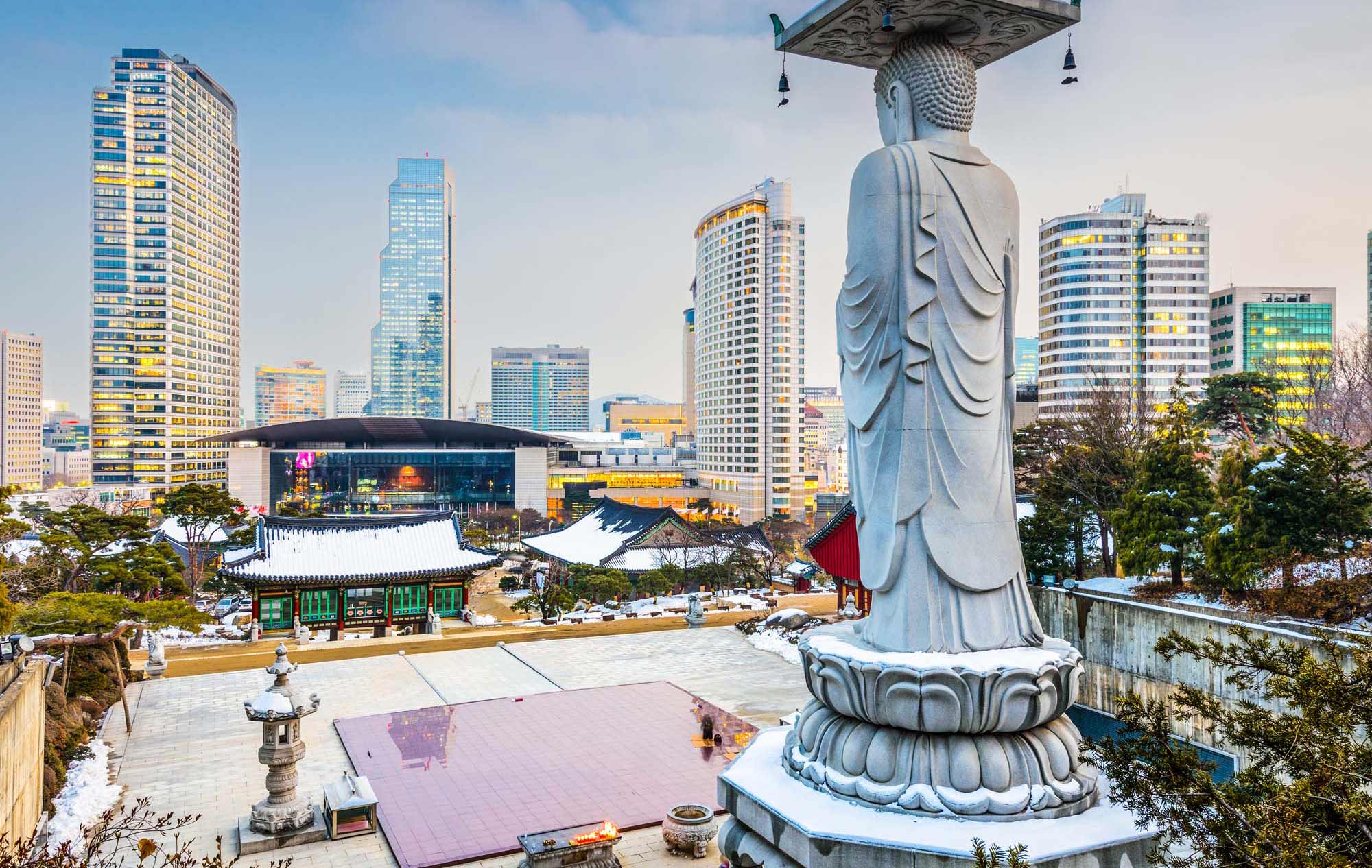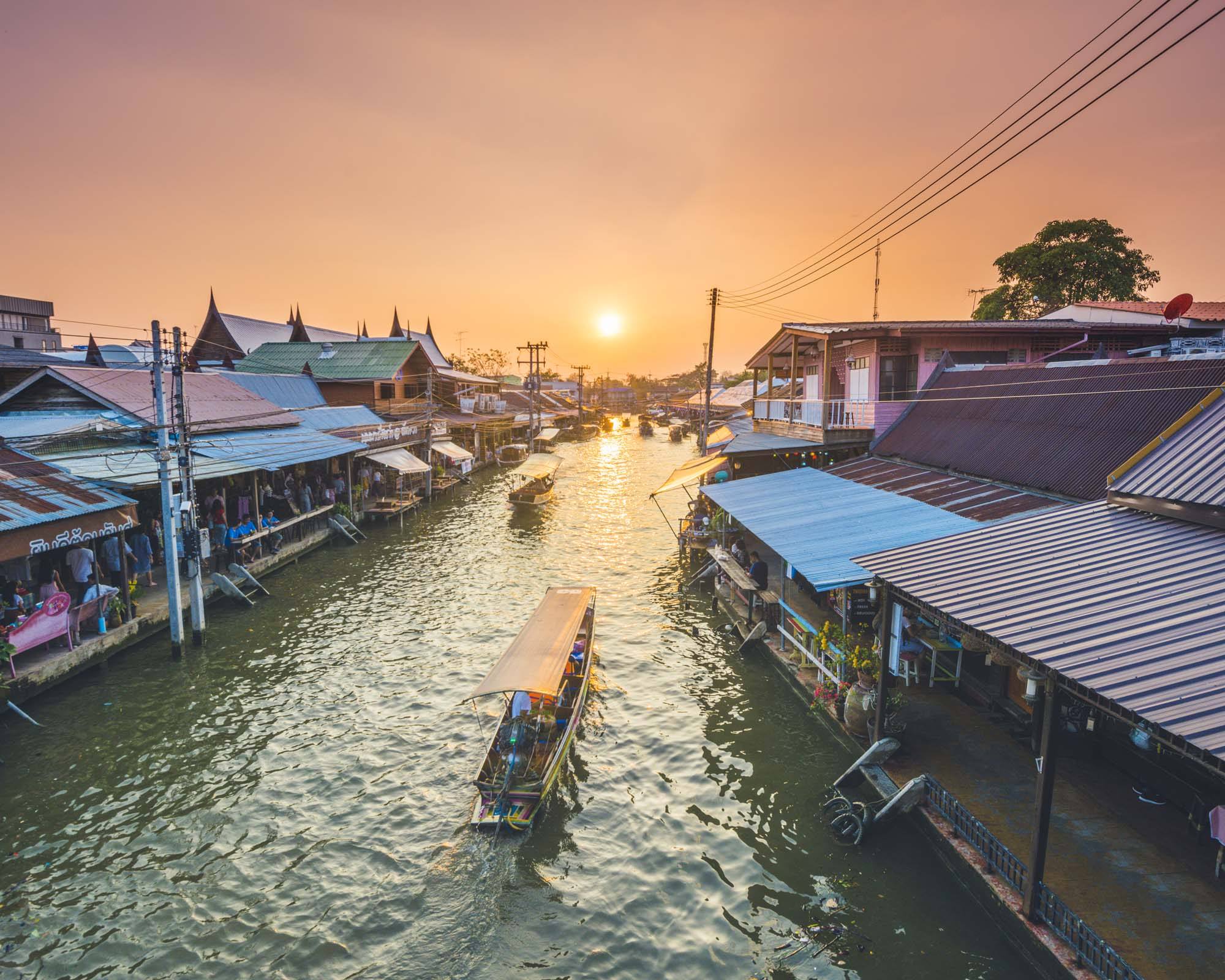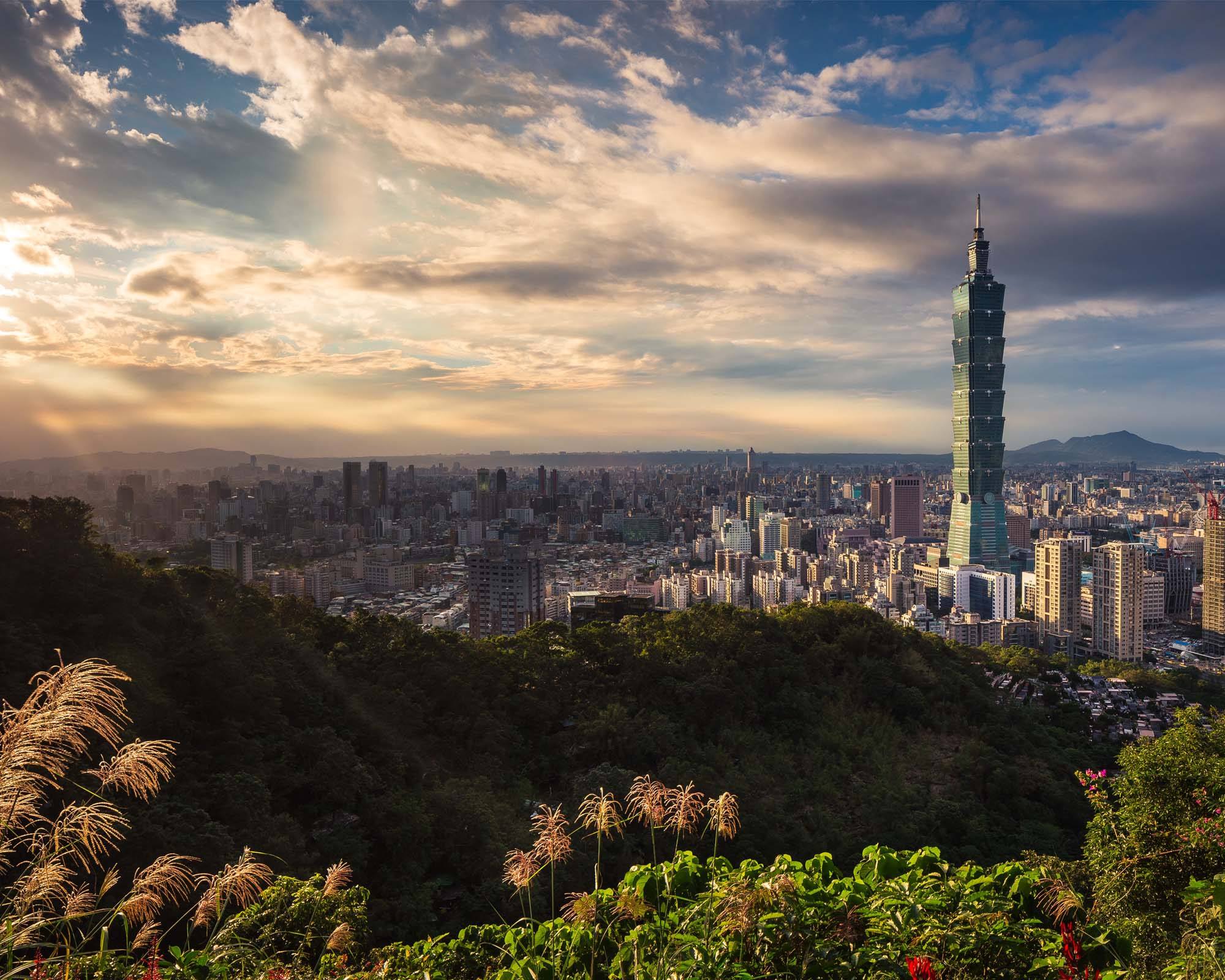So you’ve flexed your card in Ginza, eaten your way around Shibuya, quaffed highballs in Shinjuku’s Golden Gai and now find yourself wondering what’s next? Well, you’ve barely scratched the surface. Drift ever so slightly away from the official tourist trail and you’ll discover some of the coolest Tokyo neighbourhoods. Whether you’re after vintage fashion, underground music, independent coffee shops or a gourmet feast, here are four areas to check out on your next jaunt to the Japanese capital.
SHIMOKITAZAWA
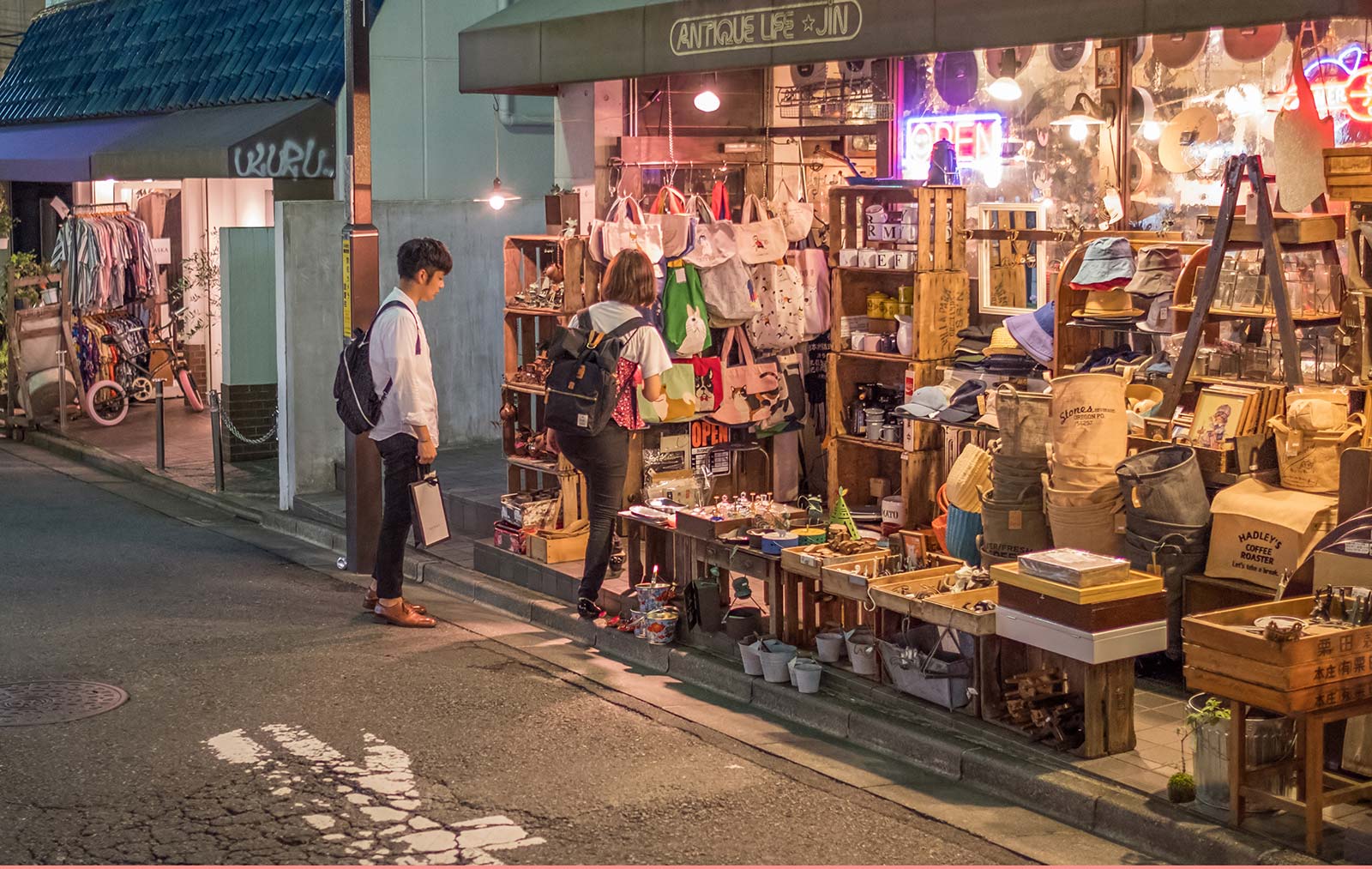
Key ingredients for any certified cool neighbourhood are vintage fashion and vinyl records; in Shimokita, just a few minutes from Shibuya by train, you’ll find both in spades. The area has long been likened to New York’s Brooklyn or London’s Shoreditch, but don’t let those tired comparisons put you off: Shimokita remains a hub for indie businesses. Fashionistas can sift through endless racks of vintage clothing and accessories at the likes of Flamingo, Haight & Ashbury and New York Joe Exchange. Sneakerheads will find retro pairs at Soma while those on a budget can head to Stickout, where everything is priced at ¥700 (HK$53). Audiophiles can similarly get stuck into the many record stores dotted around the area: Upstairs Records & Bar, City Country City, Jet Set and Flash Disc Ranch, to name but a few. A stop at Melbourne-style coffee shop Frankie Melbourne Espresso or one of Shimokita’s many soup curry restaurants will help fuel you through the day; by night, celebrate your haul with a stiff drink at Mother or Barnitas.
NAKAMEGURO
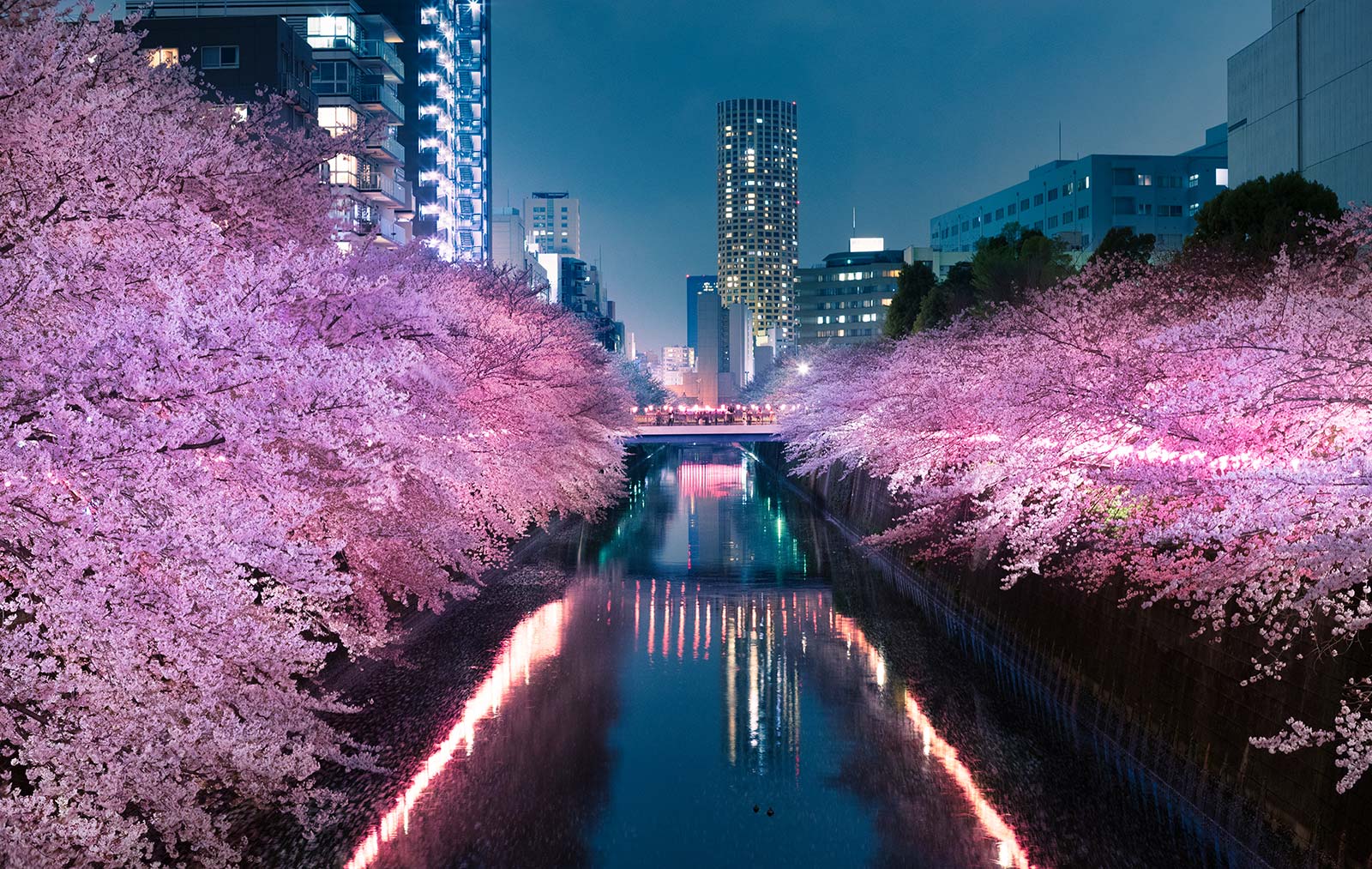
Among Tokyo neighbourhoods, laid-back Nakameguro is far from being a secret, yet it still eludes many visitors, despite being just down the road from the brewpub and coffee-roaster haven of Daikanyama. Since opening in 2019, flocks of Instagrammers have descended on the striking four-storey Starbucks Reserve Roastery, but before the mega chain set up shop, there was Onibus Coffee, Streamer Coffee Company and Sidewalk Stand. With coffee in hand, you’re primed to stroll down the famous cherry tree-lined canal before wandering down any side street that takes your fancy. You’ll find a mix of local boutiques such as SML and 1LDK, international cult brands like Aesop and Nigel Cabourn, galleries such as MDP and no shortage of food and drink options. For a deep dive into the national tipple, head to The Hangar for a nihonshu (sake) or three. Closer to the station, there’s yuzu ramen favourite Afuri, the holy grail of sandos at Wagyumafia and an all-duck tasting menu at the punnily named Na Camo Guro. Pizza aficionados will already have heard about Japan’s fondness for inventive toppings – experiment with your favourite flavour in Seirinkan. For contemporary washoku (authentic Japanese cuisine), book yourself a seat at Higashi-Yama.
KOENJI

Six minutes on the Chuo line from Shinjuku is all it takes to get to the birthplace of Japanese punk. Koenji is the smaller, edgier and less busy take on Shimokitazawa and is similarly filled with thrift stores, record shops and an active underground music scene. You’ll also find Kita-Kore here – a derelict-looking building housing cutting-edge indie fashion labels which has inspired celebrities from Lady Gaga to Pharrell Williams. Vintage stores abound here: for a curated selection of retro-chic apparel head to Sokkyou, or if you’re in the market for secondhand kimonos, check out Mame Budou. You’ll find plenty of vinyl records at the likes of Enban and EAD Record, or if you’re looking for live music, head to Higashi-Koenji 20000 Den-atsu, which regularly hosts punk and noise bands, or Jirokichi for everything from jazz to rock. And should you find yourself in need of something kawaii to balance out the punk, get your hands on one of the too-pretty-to-eat doughnuts from Floresta.
KIYOSUMI SHIRAKAWA

Even by Tokyo’s standards, there’s a disproportionately high number of third-wave coffee shops and warehouse roasters in this former working class neighbourhood. Californian chain Blue Bottle Coffee is what you’ve likely seen on social media, but beans have been roasting here long before their arrival. Case in point: Cream of the Crop Coffee, which is more roaster than sit-down cafe, though its friendly staff will be more than happy to serve you a pour-over; the tiny, one-man shop Arise Coffee, or its more spacious sister cafe Arise Coffee Entangle on the edge of Kiyosumi Garden. Kiwi roasters Allpress Espresso have also called Kiyosumi Shirakawa home since 2013. If you’ve drunk yourself into a caffeine frenzy, work it off by cycling around the neighbourhood – the roads are quieter than other areas of Tokyo and bikes can be rented at Alohaloco. Plus, it’ll get you to boutique gems like Artichoke Chocolate, lifestyle shop Potpurri and kimono treasure trove Tamakiya Gofuku a lot quicker. Culture vultures might prefer to head to the Museum of Contemporary Art Tokyo or the one-room Ando Gallery while history buffs can learn about 17th-19th-century Tokyo at the Fukagawa Edo Museum.
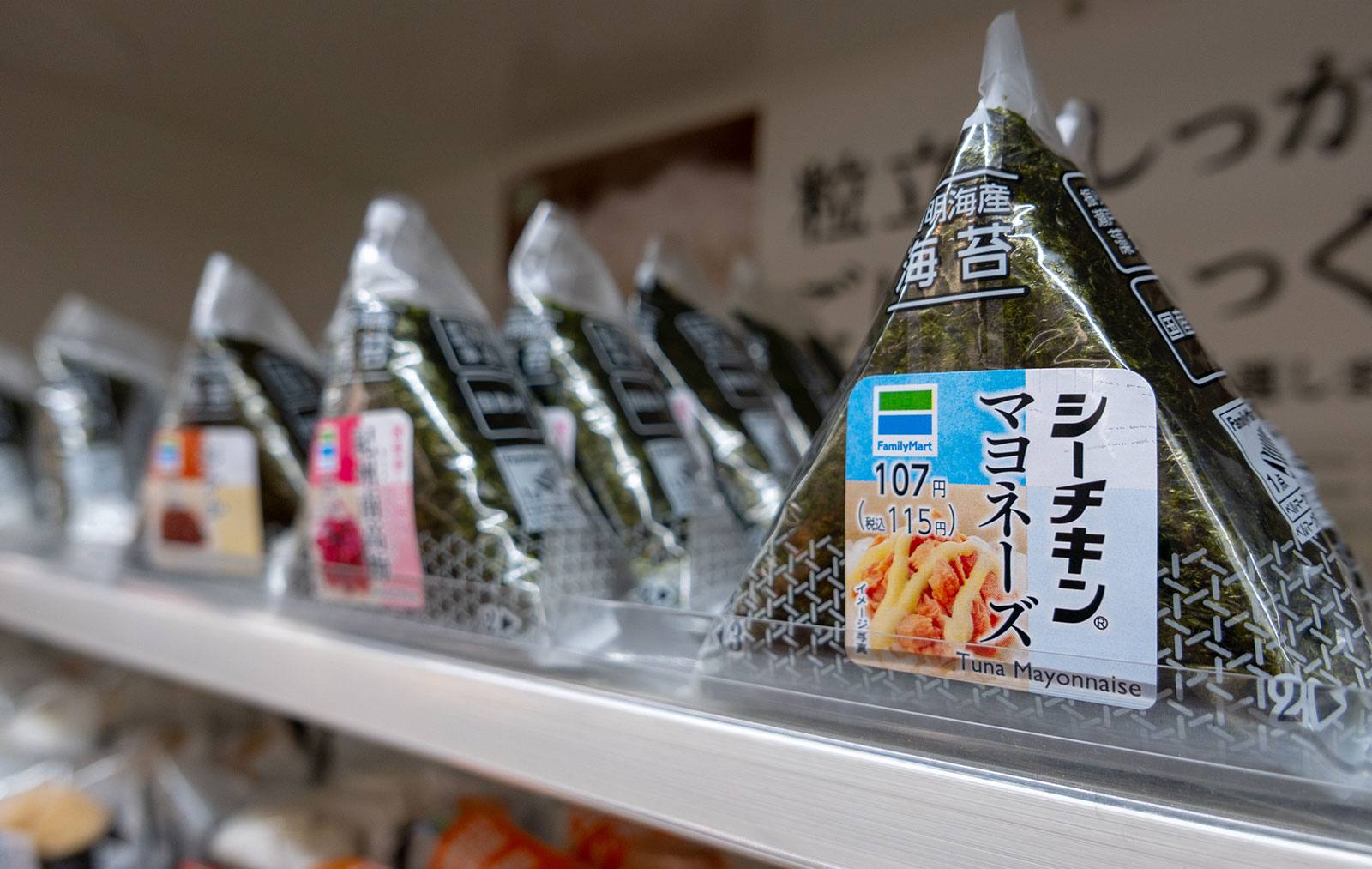
Konbini snacks to fuel your wanders
Konbini – an affectionate term for convenience stores – are the Disneyland of snack options. We recommend you try as many as possible – but start with these five:
- Tamagosando (egg mayo sandwich)
- Onigiri (rice balls… but triangular)
- Karaage (fried chicken)
- Korokke (croquette)
- Any of the Hokkaido cream-filled desserts, like choux, pancakes and roll cakes
Unique omiyage (souvenirs) to fill your suitcase
- Nakaya fountain pen – handmade and available off the shelf at Itoya stationery shop. Or order a bespoke pen online by sending them a writing sample so they can study it – and tailormake one that’s best for you.
- Shirokiya Denbei – traditional brooms made using only natural materials. Take one for a test sweep in the shop and you’ll see why they can cost as much as a Dyson vacuum.
- Kiya Nihonbashi – maker of kitchen knives and cutlery since 1792.
- Maito Kuramae – hand-dyed scarves made using the traditional, natural kusaki-zomemethod, using colours extracted from plants.
- Sou Sou Kyoto– apparel and textile accessories featuring vibrant prints with modernisedJapanese motifs – think a Japanese Marimekko.



